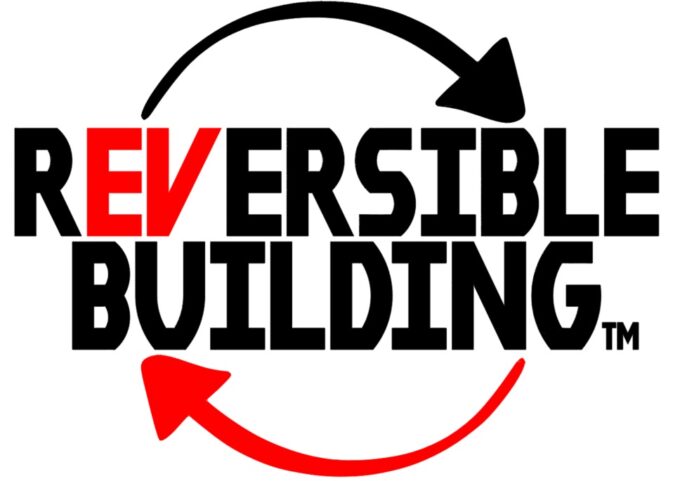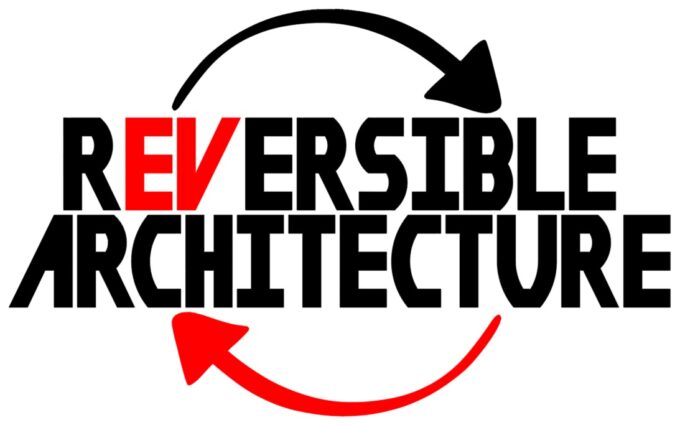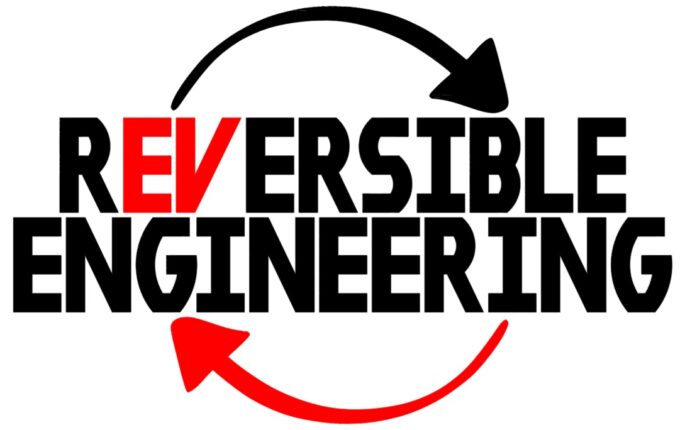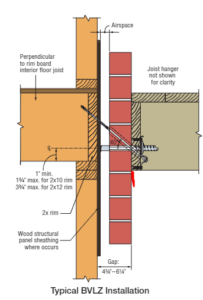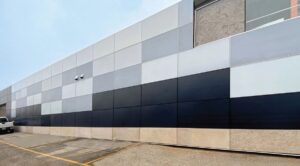Reversible Buildings (TM): A Forward-Thinking Approach to Sustainable Construction
EVstudio’s Reversible Buildings (TM) represent the future of construction by combining the benefits of modularity with flexibility for future reuse or reconfiguration. They offer a highly adaptable solution that addresses the challenges of modern architecture, sustainability, and financial efficiency. EVstudio’s proprietary Reversible Design (TM) approach stands at the forefront of this innovation, setting new standards for both performance and sustainability.
What Is a Reversible Building (TM)?
Reversible Buildings are structures designed exclusively by EVstudio using prefabricated, modular components that can be easily deconstructed, reconfigured, or relocated. Unlike traditional construction methods, these buildings allow major components to be treated as personal property, providing unique tax advantages. Developers can buy, sell, or trade these modular components, creating new exit strategies beyond the conventional buy-and-hold model. Not any modular building can claim reversibility. In order to benefit from all of the advantages of EVstudio’s Reversible Design, you need a Certified Reversible Building (TM).
Speed, Quality, and Cost Savings
EVstudio’s Reversible Buildings offer the same core benefits as modular construction: faster build times, consistent quality, and significant cost savings. Prefabricating components offsite shortens construction timelines, cutting labor costs and reducing material waste. Furthermore, factory-built modules ensure that quality standards remain high, and the project timeline becomes more predictable. As a result, developers see faster returns on investment and reduced exposure to on-site construction delays.
Tax Benefits and Flexibility
One of the key advantages of EVstudio’s Reversible Design approach is how it can allow for major portions of the building as personal property, depending on the application. From a tax perspective, this classification opens the door for significant financial benefits, particularly through cost segregation and accelerated depreciation. Additionally, because the building’s components are modular, there’s a flexibility in resale or reconfiguration that traditional buildings don’t offer. Owners can resell individual modules or reconfigure the building layout, creating new revenue streams and extending the building’s lifecycle.
Sustainable Construction for the 21st Century
EVstudio’s Reversible Design (TM) is one of the most sustainable approaches to building construction in the modern era. Designing for future reuse minimizes materials in landfills and reduces the environmental impact of deconstruction. Modular components are repurposed for new projects, lowering raw material demand and reducing carbon footprints. This makes EVstudio’s Reversible Design (TM) an ideal solution for developers focused on sustainability.
The Importance of Reversible Architecture and Engineering
To maximize the potential of reversible buildings, Reversible Architecture (TM) and Reversible Engineering (TM), both specialized services by EVstudio, must work in perfect harmony. Every design decision—whether it’s the structural layout, mechanical systems, or electrical plans—must be aligned with the modular, reversible framework. Poor coordination between these disciplines can limit the flexibility and reversibility of the building. A lack of integration could result in building systems that are difficult to disassemble or relocate, thereby negating many of the key advantages of Reversible Design (TM).
At EVstudio, we ensure that every aspect of our proprietary Reversible Design (TM) process is tightly coordinated across all disciplines. Our architects and engineers collaborate from the outset to create seamless, adaptable designs that allow for future reuse and reconfiguration. This comprehensive approach ensures that every component of the building remains flexible and reusable throughout its lifespan.
Conclusion
Reversible Buildings (TM), a result of EVstudio’s Reversible Design (TM) process, are changing the landscape of modern construction. They offer unparalleled speed, quality, cost efficiency, and sustainability while providing unique financial benefits and flexibility. By integrating EVstudio’s Reversible Architecture (TM) and Reversible Engineering (TM), developers can unlock new opportunities and long-term value for their projects. If you’re interested in learning more about EVstudio’s Reversible Design (TM) and how it can benefit your development, contact the experts at EVstudio today.

